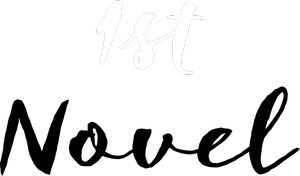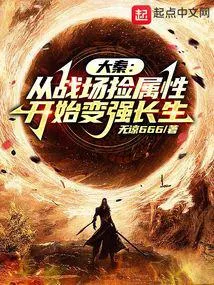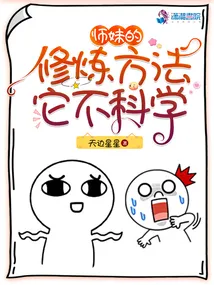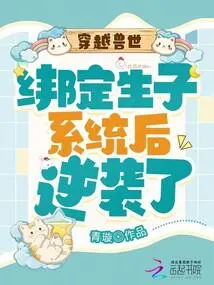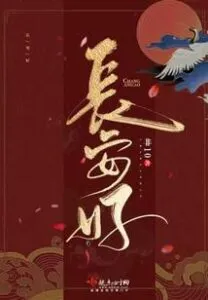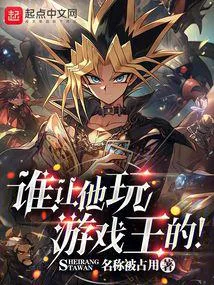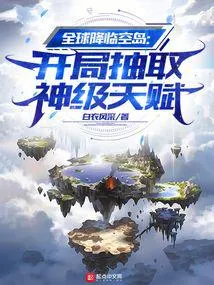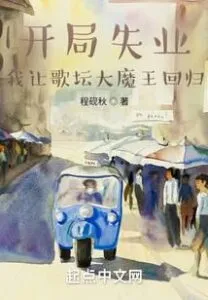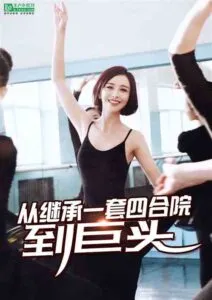Since 1981 Health School - Chapter 398
Chapter 398 The instrument doctor who is important
The operation has officially begun
Nominally, Chen Qi and Hashimoto Ken are the joint surgeons, but in fact Chen Qi is the chief surgeon, Hashimoto Ken is the first assistant, and the second assistant is Professor Ge Minghua from Huaguo.
Poor Professor Ge dominates the country, but he has always played the role of assistant in front of Chen Qi.
Of course he can also figure it out, anyway, he can get it if there is interest, or he can get it for labor fees, or he can get a third author of the paper, why not do it?
Professor Dewey personally entered the operating room and watched the “tubular rhinoplasty reconstruction + cleft lip and palate repair”.
He is the president of the ICPF society, and this time he also came here on behalf of the International Society. He said it was a visit, but it also meant supervision.
After all, academic fraud is not a patent of a certain country. In fact, it is also very popular abroad. The difference lies in whether you will be discovered.
For example, the doping problem of athletes, in fact, the situation in Meiguo is more serious.
Then why are the doping incidents like the **** less exposed? Is it because they are of high quality? Or can the level of competition really crush opponents without doping?
It’s actually very simple, that’s because people’s “technology and hard work” are too powerful.
People invented the most advanced stimulants, and these stimulants cannot be detected by existing detection methods, so it seems that the athletes in the mold country seem to be very honest.
Of course, everyone has to admit that people’s “technology and hard work” are brilliant, and they are only limited to certain groups of people.
Unlike a certain country, “technology and hard work” are so clever that they go to the common people’s food.
Outside the operating room, through closed-circuit television, Chinese and Japanese officials, experts and professors of related disciplines were all seated, ready to watch the live broadcast.
The current operating room and ancillary equipment of Yuezhong Fourth Hospital are the most advanced in the country. Closed-circuit television is a must, which is an indispensable thing for teaching surgery.
Yoshiya Yuta sat at the front alone, wishing to put his face on the TV screen, clasped his hands together, and prayed for the blessing of the Buddha.
Professor Hashimoto Takeshi’s team is very strong this time. Not only many professionals have come, but even the most advanced “Doppler blood flow meter” has been brought, which is what Chen Qi specifically asked for.
No way, there is no such advanced equipment in China, but Japan has it.
Chen Qi abandoned the traditional surgical resection for this operation, and made a pioneering preparation for a pedicled artery with the inner canthal artery as the main blood supply according to the anatomical characteristics of constant anastomosis of the ophthalmic artery, medial palpebral artery, facial artery, and inner canthal artery. transfer method.
This surgical approach is very dependent on Doppler flowmetry.
Before the operation, it is necessary to measure the course of the facial artery and the epicanthal artery with a Doppler blood flowmeter, then draw it with gentian violet, and finally use iodine to fix the course of the blood vessel and draw a line.
In this way, the blood vessels are displayed clearly and clearly, the difficulty of the operation plummets, and Chen Qi no longer needs to “blindly operate”.
The technical requirements for blind exercises are too high, and at the same time, a certain amount of luck is required. Not everyone has golden fingers like Chen Qi.
For a new surgical method to be popularized, there must be a unified standard and simple surgical methods, so that more clinicians can master it and benefit more patients.
Now in medicine, whether people or machines are important is always debated.
In fact, Chen Qi was asked to answer, and he said only one sentence: This is all arguing among laymen, pretending to understand what they don’t understand.
If you ask a professional doctor to answer, there is only one promise, that is, both are important, and neither human nor machine can be separated.
Modern hospitals, especially surgical operations, pay attention to the precise positioning of the lesion, and then the fixed-point removal, so as to solve the pain at the minimum cost.
This is difficult to do without the help of a machine.
Take the simplest example, you have stomach pain and acute abdomen.
What if there is no machine inspection?
Like what Chen Qi used to do in Huangtan Health Center, he made a huge incision every now and then, inspected the whole abdomen, and killed chickens with a sledgehammer.
However, if the health center had CT, color Doppler ultrasound, MR, angiography and other inspection equipment at that time, then the location of the lesion would be clear, and the operation could be targeted, and precise treatment could be achieved with the smallest incision.
This is the advantage of the machine, coupled with a top doctor, it is simply a good horse with a saddle, a swordsman with a sword, like a fish in water.
While drawing the line, Chen Qi kept introducing the reasons why he did this in English, including which artery he was drawing the line for now, and how it needs to be matched later.
The experts, like the students, nodded their heads one after another, and then their minds raced, following Chen Qi’s train of thought.
After finishing all the preoperative preparations, Head Nurse Qiu spread out all the surgical instruments on the sterile tray.
All of them are products of Nipro Medical Devices Co., Ltd., and the horizontal “8”-like logo shines brightly under the shadowless light, which is particularly obvious.
This teaching operation is videotaped throughout, not only the on-site experts can see it, but if the operation is successful, the video material will be taken abroad for viewing by relevant plastic surgeons from various countries.
To describe it in the words of later generations, it means that the “flow” is sufficient.
It is also the best opportunity for Nipro surgical instruments to be displayed to doctors from all over the world.
$100,000 is not so easy to get, Chen Qi still has advertisements.
Chen Qi asked in English: “Head nurse, are all the surgical instruments ready?”
(Attention, after recording here, there will be a big close-up shot of Nipro’s trademark, which is just like a placement advertisement)
Whether it was Professor Dewey, Professor Hashimoto Ken, or Professor Ge Minghua from Huaguo, no one showed any abnormality at the scene, and they were used to it.
Ad placement is a kind of “welfare” for surgeons, and it is also an unspoken rule in the industry. No one will blame too many advertisements.
Today, Chen Qi can be implanted. Similarly, Professor Dewey’s teaching surgery also has a lot of implanted advertisements. The president has no objection. Who else has an opinion?
As for the officials of the two countries, they are laymen and obviously do not know the inside story of this industry, so they are even more indifferent.
The advertisement time ended, Chen Qi took his “chess knife” and was ready to start. (Niplo’s trademark is also posted on the chess knife, after all, the main knife has the most shots of its subordinate tools)
“Professor Hashimoto, Professor Ge, let’s start.”
Professor Hashimoto Takeshi and Ge Youhua both nodded, indicating that they are ready.
The operation process is actually not complicated. According to Chen Qi’s self-designed blood vessel peduncle transfer method, in fact, it breaks the surgical idea, and both Hashimoto Ken and Ge Minghua can do it.
The specific operation steps are as follows.
The skin of the tubular nasal pedicle is pedicled on the inner side. First, a tongue-shaped flap is opened, like peeling an orange peel. This flap cannot be cut off, and the flap should be reserved later for repairing the inner canthus wound.
At this time, the tubular nasal pedicle is exposed, the blood vessels from the ophthalmic artery are cut off, and the subcutaneous tissue connected to the medial canthal artery is carefully protected.
At this time, the tubular nose becomes an island-shaped compound tissue pedicled with subcutaneous tissue, and the pedicle of the tubular nasal strip is moved to the affected side of the nose. Draw the position of the half nose reconstruction on the affected side nose, and form a wound for transplantation after the tubular nose trimming.
The tubular nose is cut open, trimmed into a suitable shape, and transplanted on the incision wound on the affected side of the nose. After adjusting the shape, it is sutured into shape. The inner canthus is repaired with the original skin flap, and the excess skin can be sutured.
But there is a problem here, that is, the soft tissue of the nose has been reset, but due to the lack of bone support, the nose still collapses.
Chen Qi’s previous method was to use the “nose model”.
But in China, the nose mold industry does not exist, so this kind of nose mold has to be customized abroad according to the size of the patient, which requires a lot of money.
This Yukiko Yoshiya has no money, so Chen Qi has thought about how to achieve the same effect as the nose model at the same time, which is economical and affordable.
In order to fill the groove in the middle of the nose, Chen Qi took a 4cm square costal cartilage from the patient to create the tip of her nose.
This peculiar idea caused everyone in the operating room and outside the operation to exclaim in unison.
Professor Hashimoto Ken also stared wide-eyed, and what he said in his mouth was “In the temple, it turns out that this kind of surgery can still be performed.”
(end of this chapter)
